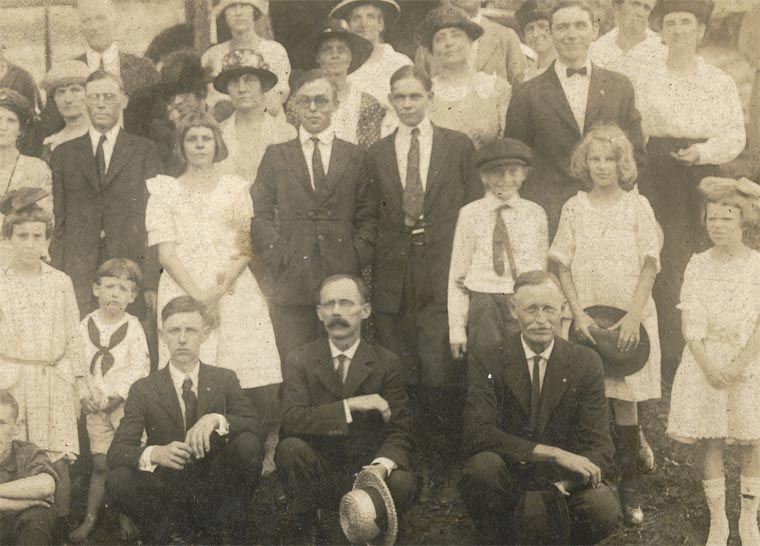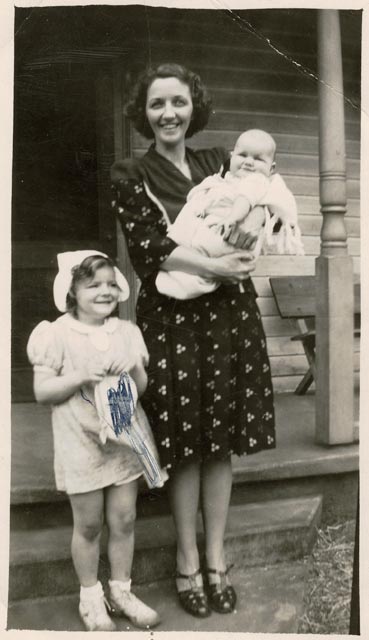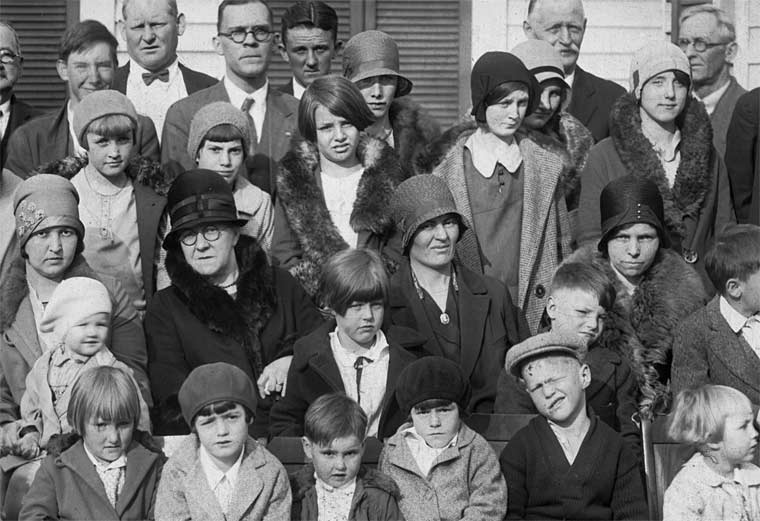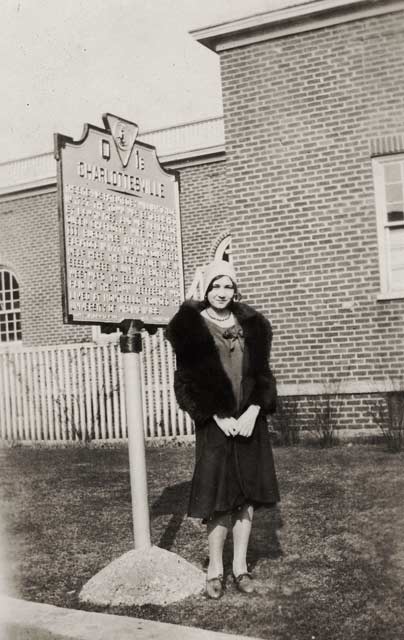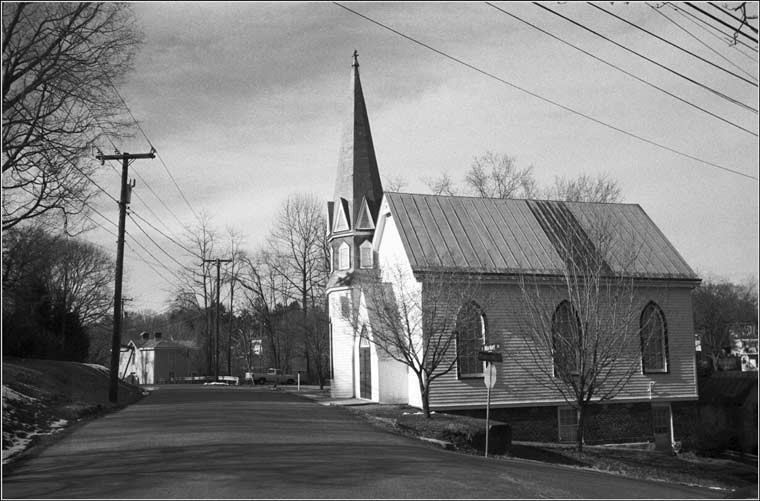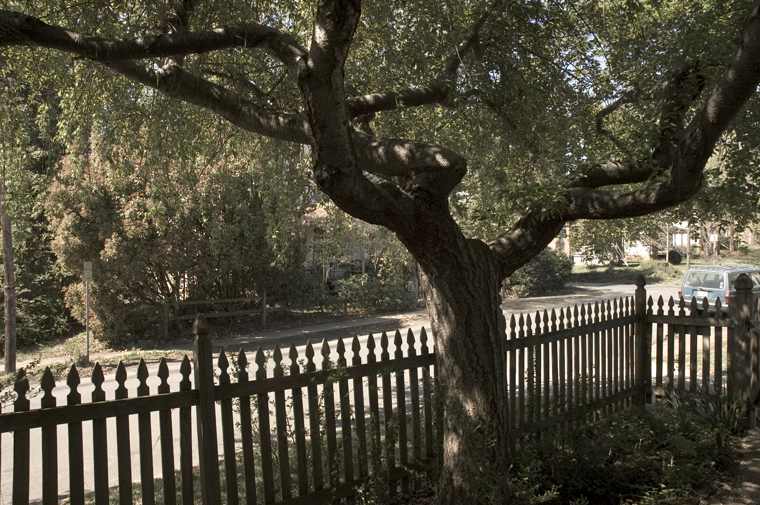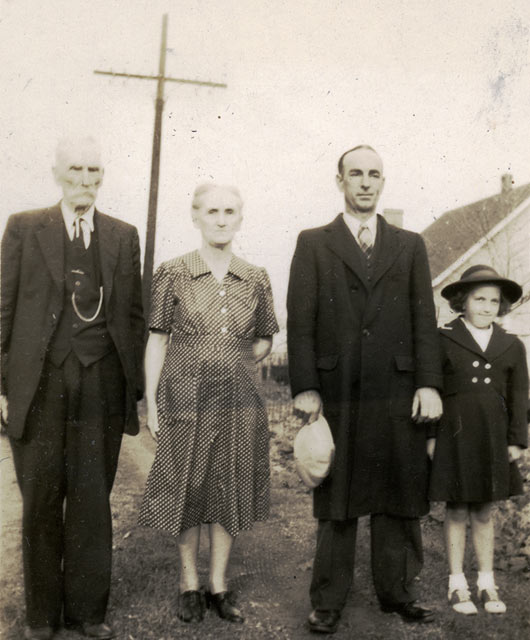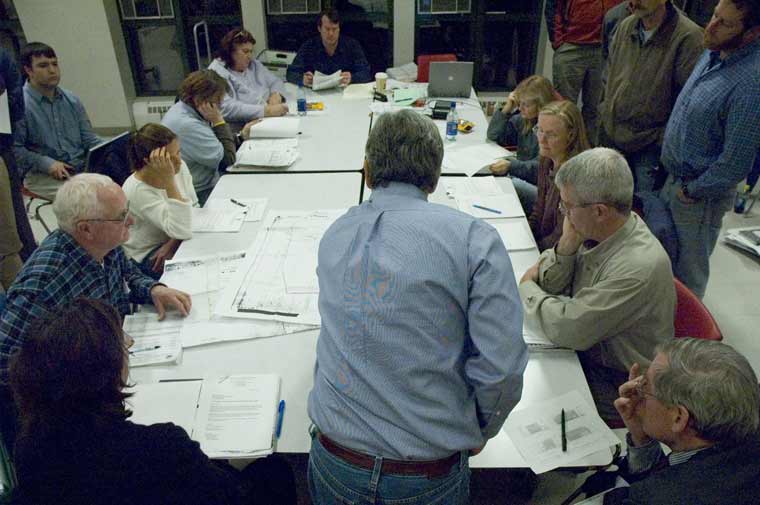 In May and June of 2008 we received considerable correspondence regarding the re-enactment of the Timberlake-Branham Farm's 1993 historic overlay.
In May and June of 2008 we received considerable correspondence regarding the re-enactment of the Timberlake-Branham Farm's 1993 historic overlay.June 2, 2008
Dear Council, Planning Commission and B.A.R. members,
I am writing as a former Virginian, and as a former UVa student. I have been following the various reports of the Woolen Mills neighborhood controversy in your city with interest. I am reminded on one central fact that I discovered of being involved in community issues over the years in Berkeley and Jefferson Counties of West Virginia, Loudoun County Virginia, and now Nantucket, Massachusetts: Watch out for the staff.
In the past, well meaning citizens gathered together, debated and spoke to a common cause of quality of life in the community, and sometimes reached a consensus and were successful in causing the passage of laws, designations, and sometimes the creation of commissions and authorities to insure that certain protections be established and maintained as insurance to maintain the quality of life in their communities. These protections were typically developed and created over many years, sometimes decades. The protections were designed to stand for the future, in order to insure a future for our children in an environment that would be similar in important ways for our children to enjoy as we have. We expect these protections to stand, once they are in the form of law and policy.
We think that we have done our jobs as citizens, by coming together and making these agreements, sometimes at the expense of our personal property rights, in the interest of the greater good. Usually these sacrifices are made under the name of historic preservation, environmental preservation, and community preservation. We citizens charge our elected bodies with the authority to enforce and maintain these policies, which have been approved by the majority of the community.
These elected bodies hire staff to administer the polices of the community preservation activity. Staff of these boards and arms of government are almost never elected. Staff are professionals, often from outside the community, supposedly experts in their fields, hired to administer and carry out the day to day activities of the various boards empowered to protect the community. Staff of land use boards and commissions find themselves in daily contact, and working with, proponents and applicants of change within these districts. Often it is applicants and their agents, attorneys, and other hired professionals who pay the fees that support the staff payroll. Very often it is a proponent driven process - driven by the proponent and the enabled by application fees.
It has been my experience, that over time staff can subvert the wishes of the original intent of the legislation that was meant to protect the community. The staff are constantly being bombarded by project proponents and their attorneys, and they begin to sound like lawyers themselves, speaking about the intent of how this or that is illegal, or they increasingly narrow the scope of what can be voted on, impacted, and commented on by their respective Boards. More and more they tend to constrict their Boards, to lead them toward ever narrowing options, and decreasing choices. More and more it seems as though the lawyers are running everything - increasingly things get more and more complex, and increasingly the original intent of the law or created safeguard becomes more and more distant.
It is almost as though that with staff, a siege mentality sets in to their organizations, and the citizens who show up at meetings for public comment become the enemy. The citizens, who originally acquiesced in agreeing to these community restraints, are now ridiculed, belittled and attacked for showing up subsequently and asking what happened to those commonly agreed upon community protections? The developer, the agent of change, the proponent, is seen as the victim, the ones whose property rights are attacked. Its those whiney neighbors again, how dare they complain? It even gets to the point where often the developer sues, and the city joins in suing the citizens for speaking up.
Communities disappear in this process. Neighborhoods disappear as citizens are intimidated at the prospect of losing everything for speaking up. Attorneys create murk, and drain the opposition of resources. The community eventually gets a deal, often a development in direct opposition to the intent of the community preservation act that was supposed to prevent such a thing, Quality of life declines, community character changes forever.
We live in a time when many communities are in decline as a result of the mortgage debacle. We live in a time when cities are trying to hold neighborhoods together, trying to build coalitions to preserve neighborhoods in the face of disinvestment. Yesterday's development deal is becoming today's disaster as whole neighborhoods empty out of families, and vacant houses become a draw for crime and vagrants.
The Woolen Mill District is a cohesive neighborhood, struggling for recognition. It has proved itself to be vital and cohesive in this issue. Rather than looking the other way and allowing one of their few protections to be lost due to a clerical error, support these people in preserving their neighborhood in your city, by upholding agreements that you and your predecessors have already made.
At this time of national disillusionment and fear, while millions lose their homes, and cities are left to grapple with vacant and neglected properties, you should celebrate the strength of the Woolen Mill neighborhood, support the neighborhood stability by honoring promises made in the past, and by insuring that those same promises be kept for the future.
Sincerely,
Moncure Taylor
Labels: government, Timberlake-Branham
